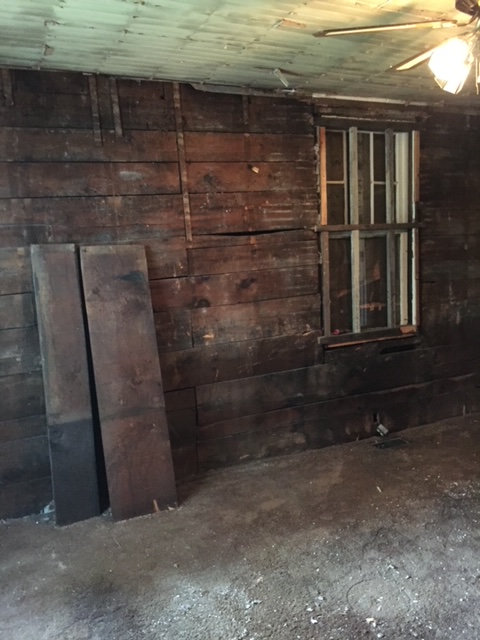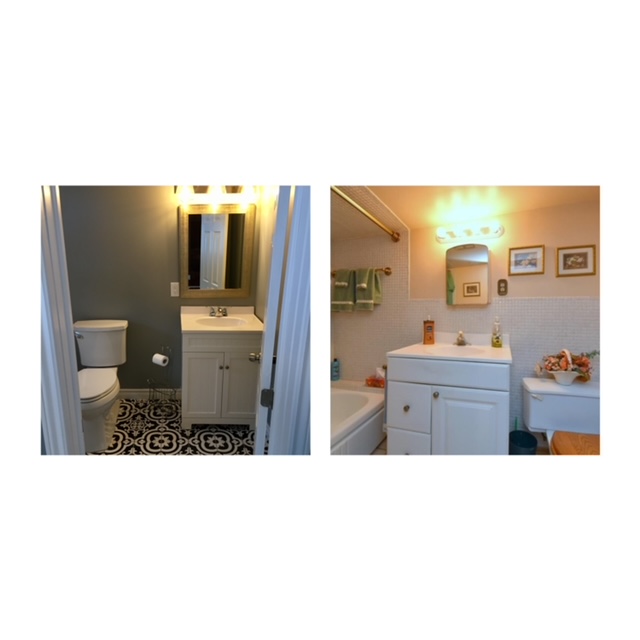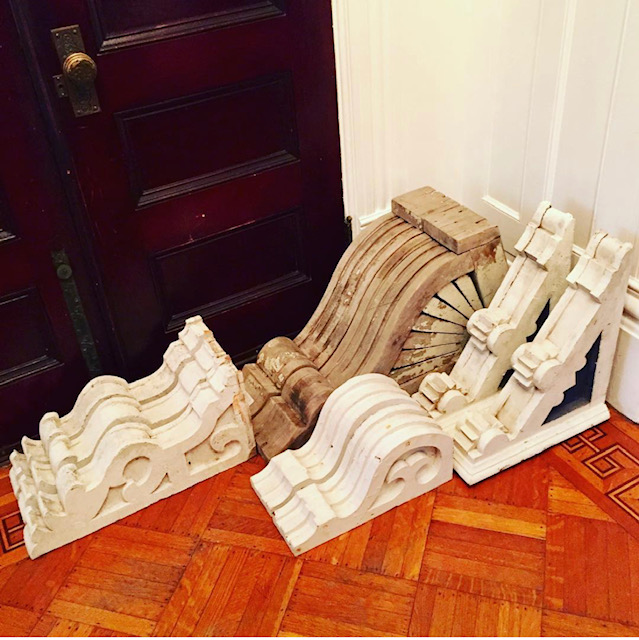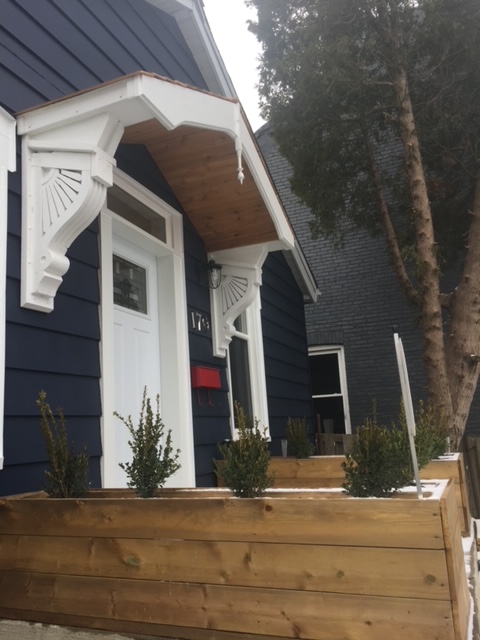Did you know that Hamilton used to employ 600 men every year to perform the job of Ice Harvesting from mid-January to the end of February? Over a hundred years ago, there would have been a musty smell in the air in the North End of Hamilton on a summer day. The smell would have come from the thousands of melting blocks of ice packed in straw in the ice houses lining the shore. The ice houses of Dewey & O’Hare, Albert J. Cummer and W.B. Foyster were packed close together between the North ends of Bay and Wood Streets. In the days before mechanical refrigeration, these ice houses had to meet Hamiltonians’ cooling needs for the entire year.
Ice Harvesting
/https://www.thespec.com/content/dam/thespec/life/2010/12/25/winter-is-no-time-to-abandon-our-bay/025b77524a6f856200d863e65698_Gallery.jpeg)
The ice harvest on Hamilton Harbour was considered by some to be the first harvest of the year. During the winter months the ice companies had to lay up enough ice to get the city residents through the sweltering summer months.

Ice harvesters cut out the first blocks as best they can to make an open space. With the removal of each block a longer channel opens. Horses are brought in and the big ice blocks are towed shoreward along these open channels. The great ice sheds along the Bayfront were filled to capacity during this harvest and you could see sleighs loaded with blocks of ice moving up the streets constantly.

One ice firm in the 1920’s prided itself on cutting 4 tons of ice per minute for a total of 2,000 tons of ice daily. With the increasing popularity of electric refrigeration, as well as the growing pollution of the bay’s waters, the picturesque job of ice harvesting gradually faded away.
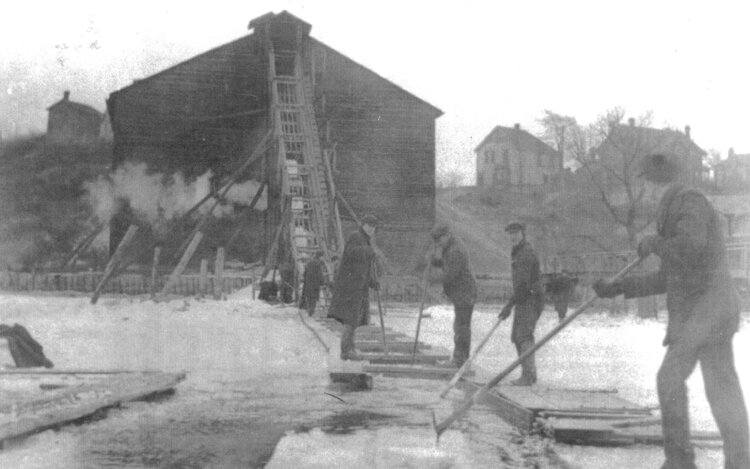
The homes the housed the workers
Many of the homes that housed the Ice Harvesters still stand today in the North End of Hamilton. We were lucky to have owned one of these homes, built in 1880 rumoured to be one of the original Ice Harvest “cottages”. As the home wasn’t in it’s original state and had gone through many additions and renovations in the 1980’s, we had the task of modernizing the home while bringing to light it’s history and beauty. While pealing back the layers, original wood walls made of 2 by 12 rough cut pine was revealed and reused as a feature wall in the master bedroom, and then saved and used for mantles and shelving in other projects. Under layers of drywall and tiles, the original tongue and groove ceilings were found and brought back to life. Original windows that had been covered up over time were found in perfect condition, removed carefully, and reused as decoration. In the unfinished attic, we excavated many cool treasures that had been hidden and forgotten about over time. Most notable a “steam-boat Willy” Mickey mouse toy from the 1920’s and a printing pad for soup labels from the early 1900’s.

Here are some before and after pictures from the project:
Interested in finding out the history of your Greater Hamilton Area home? Looking to Sell or Buy a Historical home in the Hamilton or Burlington Areas? I can help, contact me today for a free Market Evaluation, help with how to highlight the history in your home, or to chat about your homes unique history!
Source https://www.hpl.ca

